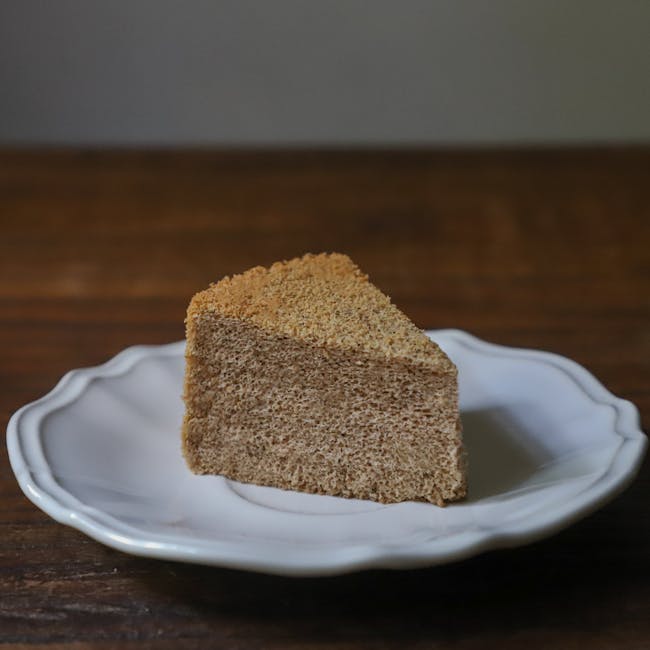
How to Create a Course That Feels Like a Miracle
How to Create a Course That Feels Like a Miracle
Creating a course that leaves your students in awe—one that feels nothing short of miraculous—requires more than just well-structured content. It demands an alchemy of engagement, transformation, and inspiration. Whether you’re teaching a professional skill, a creative pursuit, or a personal development topic, the magic lies in how you design the experience. Here’s how to craft a course that doesn’t just educate but enchants.
1. Begin with a Powerful Transformation
A miracle is defined by its ability to change something—or someone—profoundly. Your course should promise and deliver a clear, meaningful transformation. Instead of focusing solely on what students will learn, emphasize what they will become.
- Define the Before and After: Paint a vivid picture of where your students start (frustrated, confused, or lacking confidence) and where they’ll end (empowered, skilled, or enlightened).
- Make It Emotional: People remember how they felt more than what they heard. Structure lessons so that each module brings them closer to a tangible, emotional victory.
2. Design for Delight, Not Just Instruction
The best courses don’t just inform—they captivate. Think of your curriculum as a journey with moments of surprise, curiosity, and even joy.
- Use Storytelling: Weave in personal anecdotes, case studies, or fictional scenarios that illustrate key points in a memorable way.
- Interactive Elements: Incorporate quizzes, reflection prompts, or small challenges that make learning active rather than passive.
- Unexpected Bonuses: Occasionally surprise students with extra resources, live Q&As, or personalized feedback—small gestures that make them feel valued.
3. Foster a Sense of Community
A miracle often feels more powerful when shared. Building a space where students can connect, support each other, and celebrate wins amplifies the impact of your course.
- Create Discussion Forums: Encourage students to share insights, ask questions, and cheer each other on.
- Host Live Sessions: Real-time interaction—whether through webinars, AMAs (Ask Me Anything), or group coaching—adds a human touch that pre-recorded content can’t replicate.
4. Make Progress Visible
One reason miracles feel extraordinary is that they defy expectations. Help your students see their growth in real time.
- Milestone Celebrations: Acknowledge when they complete major modules or achieve breakthroughs.
- Before-and-After Comparisons: If applicable, have students document their starting point and compare it to their progress later (e.g., a writing sample, a skill demonstration, or a self-assessment).
5. End with a Grand Finale
A miraculous course shouldn’t fizzle out—it should culminate in a moment of triumph.
- Capstone Project: Have students apply everything they’ve learned in a final deliverable that showcases their transformation.
- Graduation Ritual: Whether it’s a digital certificate, a live celebration, or a heartfelt closing message, give them a sense of closure and accomplishment.
Final Thoughts
A course that feels like a miracle isn’t about flashy gimmicks—it’s about crafting an experience so transformative that students walk away thinking, “How did I ever live without this?” By focusing on emotional impact, engagement, and community, you’ll create something far more valuable than information: you’ll create lasting change.
Now, go make magic. ✨







